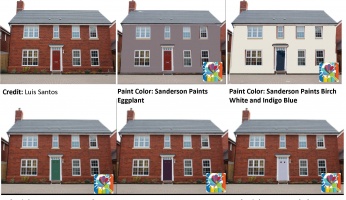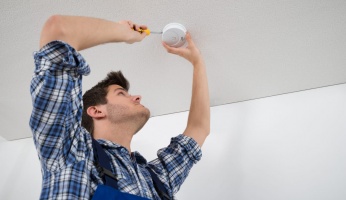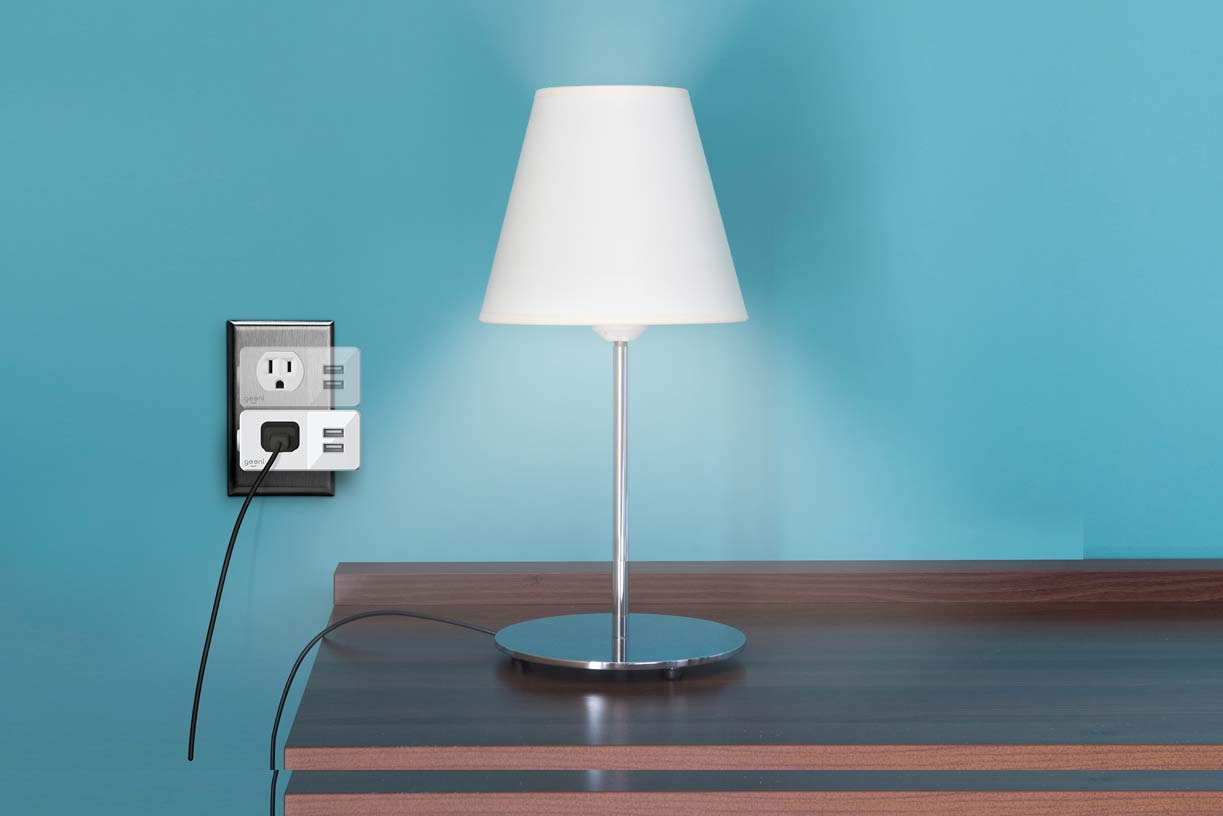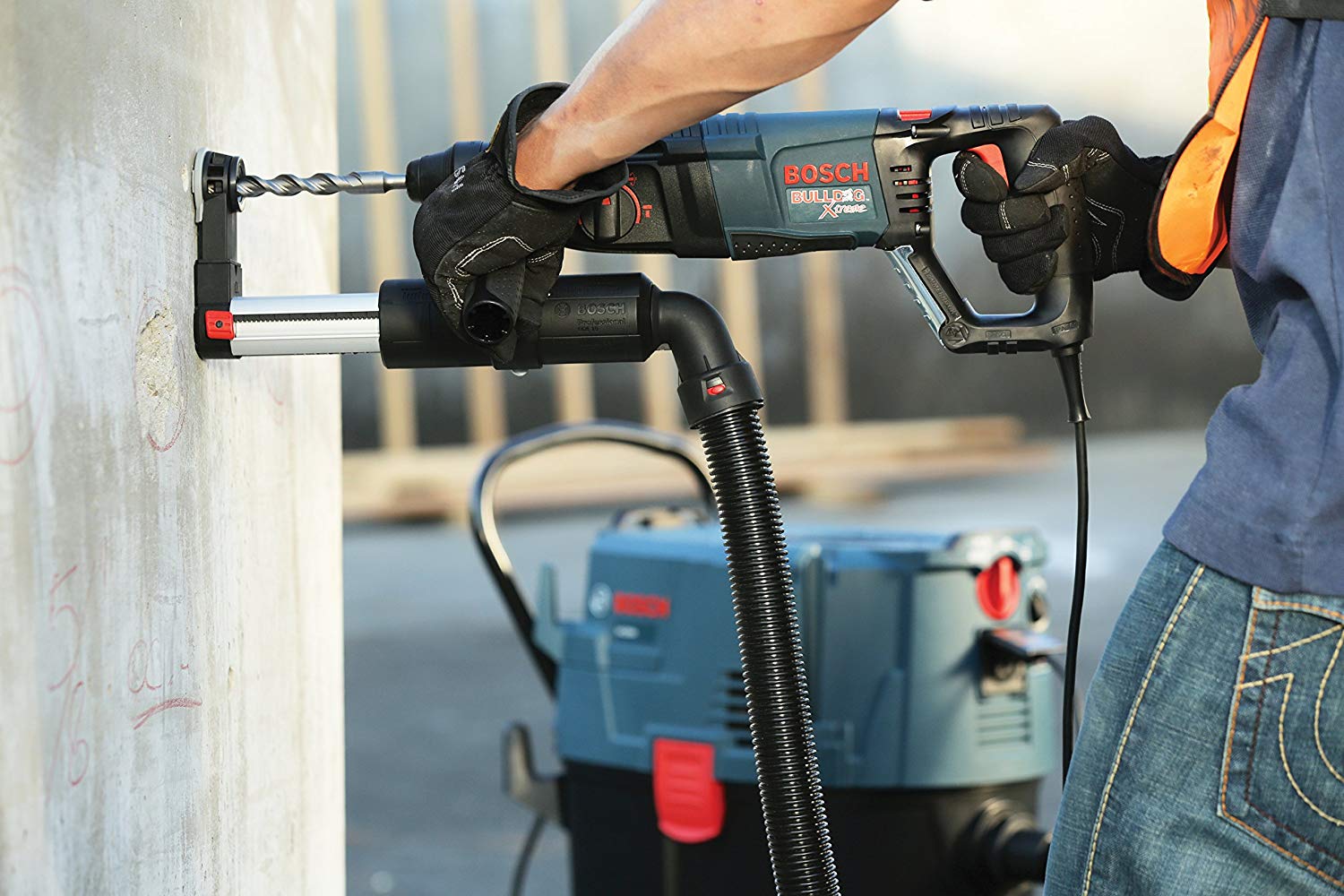- No Obligations
- Stop Paying Too Much For Your Contractor
- No Spam Calling
- Screened & ID Checked Contractors only!
Is Home Staging Worth the Investment?
0
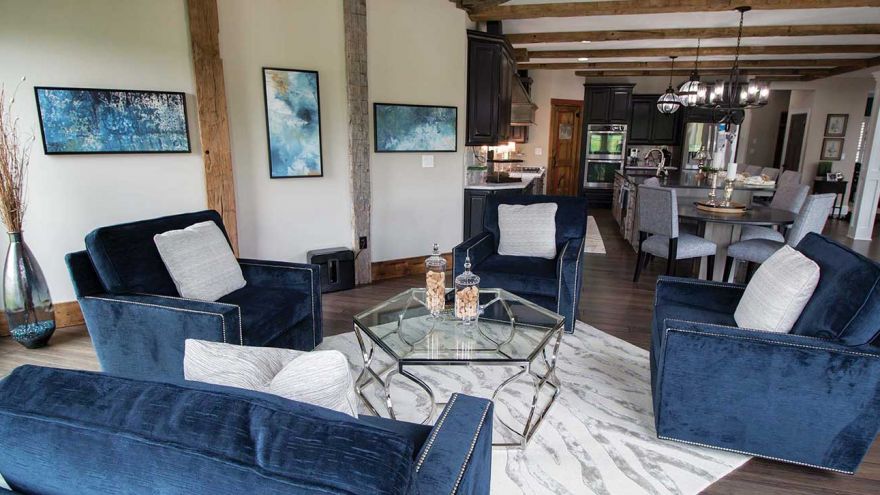 Is Home Staging Worth the Investment?
earlyexperts.net
Is Home Staging Worth the Investment?
earlyexperts.net
Homeowners in the market for a new space will do just about anything to unload their current residence at the highest price possible. Often times, this means renovations, updates, and even home staging.
Home staging is the process by which a home that is currently on the market is furnished and decorated in a way that justifies a higher listing price or promotes higher offers from potential buyers.
But does it work? That is the real question. In our research, we ultimately found that yes, home staging is a sound investment if you are selling a home and hoping for top dollar. In this article, we deep dive into the reasons why that is.
Why Staging Works
If you are still reading you are probably waiting for proof of the claim that home staging is definitely worth it. To be super objective, here are some general statistics that show the effect staging has on the rate of sale from the vantage of agents.
- 96% of realtors agree staging affects buyer decision positively
- 81% of realtors agree buyers can better visualize the potential of a space after staging
- 46% of realtors agree buyers are more willing to schedule showings for staged homes
- 45% of realtors said staging to specific demographic tastes based on market research is valuable
- 28% think staging could lead buyers to disregarding property faults
- 52% said home staging positively affects value of home
While the numbers are not universally stellar, the bottom line is that most realtors agree that staging has an effect on buyers. Whether buyers are visiting more staged homes for showings, or overlooking some larger scale flaws in a property, buyer behavior is reshaped by the staged home.
The Benefits
Online listings, with interior and exterior photography, and sometimes even drone video footage simulating a walk through, have made staging all the more important. Back in the day, you would have no clue what a home looked like until you go there in person.

If you were looking for three bedrooms and two baths, you went through the classifieds circling all the descriptions that matched and trying to envision the rest on details alone.
Now-a-days, if you are a seller or listing agent, your content marketing is as much a part of your practice as showings and open houses. This means professional photography and staging.
The more beautiful your pictures, the more “showings”, both virtual and real-life. This is the best predictor of sales for an agent. They can count on the sheer volume of showings of a particular home more than anything else and staging is proven to get more eyes on a property.
Part of the reason why that is is because staged homes inspire buyers to visualize themselves living in a particular space. How good is their imagination? In California, the average time a home is on the market is 56 days. A staged home, on the other hand, is sold in just a fifth of that time.
Nationally, these statistics are reinforced. According to a study of 1081 homes by the Real Estate Staging Association, staged homes spent 23 days on the market compared to non-staged homes, which stayed listed for an average of 184 days.
Maximized Value
There are some interesting statistics surrounding the value of staged homes versus the selling prices. These numbers are likely the most convincing evidence as to the value of home staging.
Realtors who represent sellers overwhelmingly believe staging increases the dollar value of homes. Their estimates on increase ranger from 1-20% more than the initial listing price.
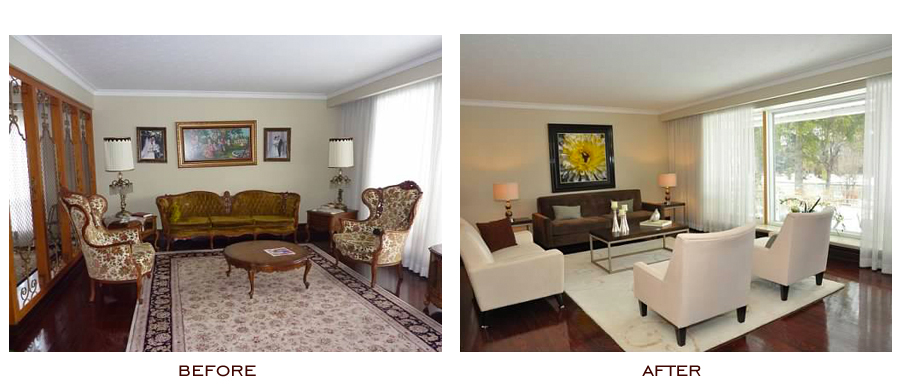
Realtor.com verifies the high-end of this range, citing price increases of 20% for staged homes. This is because staged homes are in highest demand in the marketing stages of real estate. This means the cost is driven up by competition which can ultimately be traced by the staging and the ability of the buyer to envision their life in that particular home.
The Counter
The 20% increase from listing to actual sale price does not always mean the seller is making more money. That is ultimately dependent on profit margins and the added investment of staging costs must be figured into expenses in order to accurately measure profitability.
The good news it is rarely the case that staging costs negate the increased price point of the house. The National Association of Realtors cites a median cost of staging as $675. Thinking about average home sales in the US and what 20% of that number looks like, it is pretty clear that with rare exceptions, staging costs seem to be sound investments that are returned tenfold.
Because staged houses sell faster, your choice to stage will save you money in listing and carrying costs. Think about the 23 day sale versus the 184 day sale, and what the difference in money spent just to keep your house for sale!
Let’s say the mortgage on the home you are trying to sell is $2000. By current market averages, you’d be on the market for around 6 months. This means that before any other expenses associated with the home you’d spend $12,000 trying to sell a home you no longer intend to live in!
When Not to Stage
With all the added benefits of staging your home for sale, there seem few drawbacks or situations where it might not be worth the investment to pay for professional staging. The only time to really think about whether or not you truly need staging is when selling to an investor.
Some folks are in the business of flipping homes. They are interested in your house because they see potential in its structure, neighborhood, zoning, etc. The decor in the powder room is not going to push them to spend more than they intended.
In most any other scenario, however, a staged home proves itself as a worthy investment capable of driving sale prices up and getting homes off the market in a fraction of the time.

